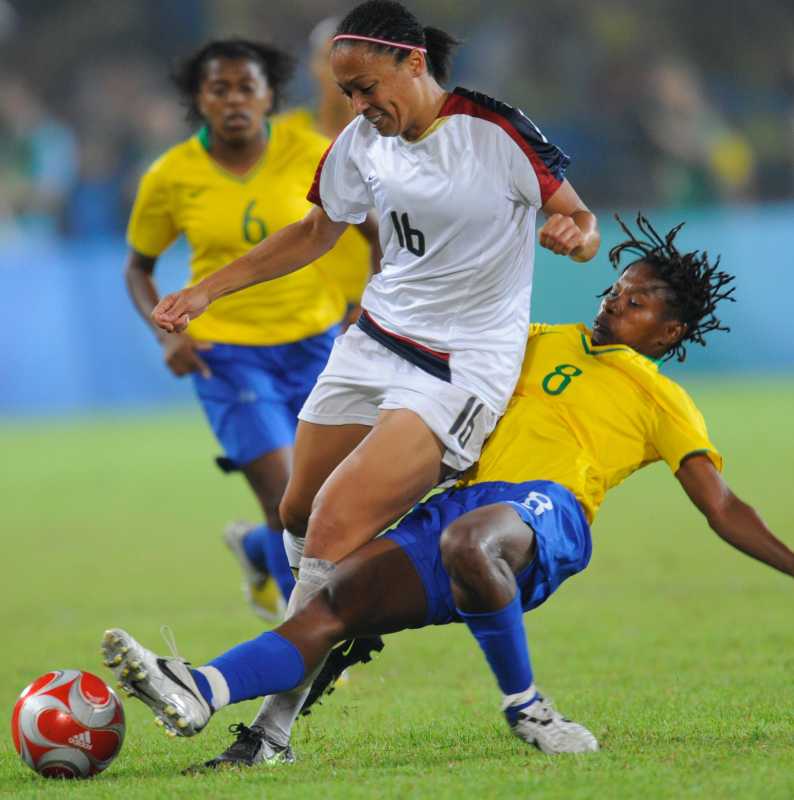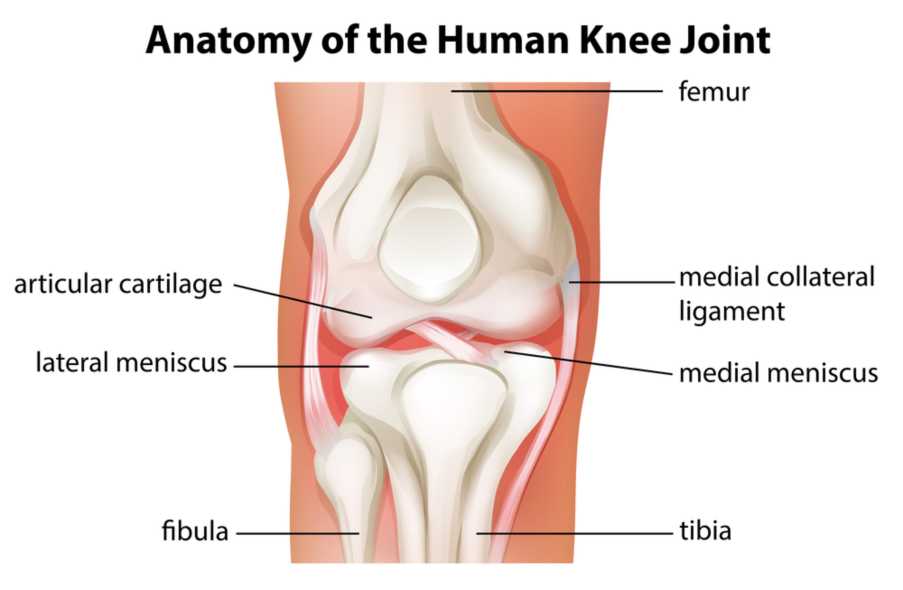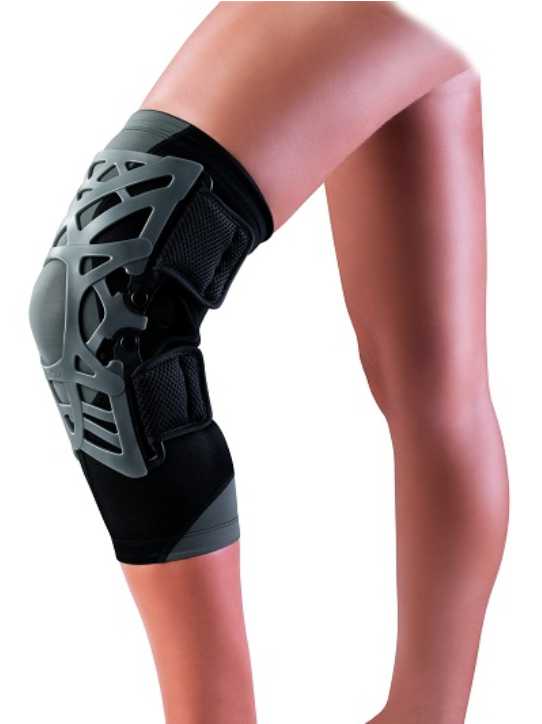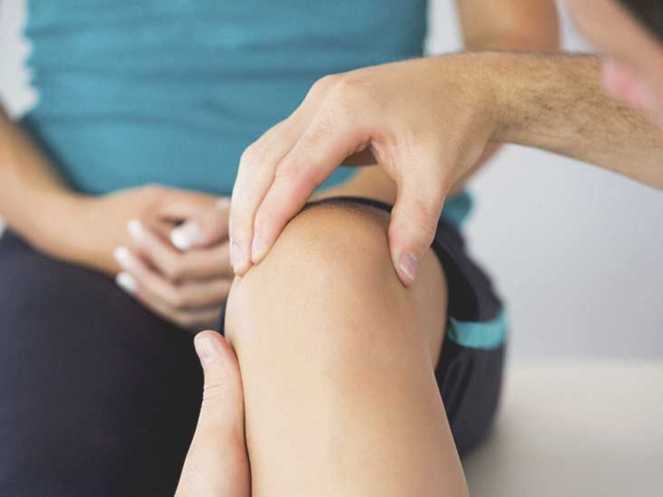Do you require any assistance? Simply reserve your appointment online below
Collateral ligament injuries
Giant step to relieve pain
Knee ligament sprains or tears are a common sports injury.
Your knee ligaments connect your thigh bone to your lower leg bones. The medial collateral ligament (MCL) and lateral collateral ligament (LCL) are found on the sides of your knee.
Athletes who participate in direct contact sports like football or soccer are more likely to injure their collateral ligaments.
Normal knee anatomy.
The knee is made up of four main things: bones, cartilage, ligaments, and tendons.

Causes of collateral ligament injuries

Injuries to the collateral ligaments are usually caused by a force that pushes the knee sideways. These are often contact injuries, but not always.
Medial collateral ligament tears often occur as a result of a direct blow to the outside of the knee. This pushes the knee inwards (toward the other knee).
Blows to the inside of the knee that push the knee outwards may injure the lateral collateral ligament.
Treatment
Injuries to the MCL rarely require surgery. If you have injured just your LCL, treatment is similar to an MCL sprain. But if your LCL injury involves other structures in your knee, your treatment will address those, as well.
Ice. Icing your injury is important in the healing process. The proper way to ice an injury is to use crushed ice directly to the injured area for 15 to 20 minutes at a time, with at least 1 hour between icing sessions.
Bracing. Your knee must be protected from the same sideways force that caused the injury. You may need to change your daily activities to avoid risky movements. Your doctor may recommend a brace to protect the injured ligament from stress. To further protect your knee, you may be given crutches to keep you from putting weight on your leg.
Physical therapy. Your doctor may suggest strengthening exercises. Specific exercises will restore function to your knee and strengthen the leg muscles that support it.

Surgical treatment of collateral ligament injuries

Most isolated collateral ligament injuries can be successfully treated without surgery. If the collateral ligament is torn in such a way that it cannot heal or is associated with other ligament injuries, your doctor may suggest surgery to repair it.
Once your range of motion returns and you can walk without a limp, your doctor may allow functional progression. This is a gradual, progressive return to sports activities.
